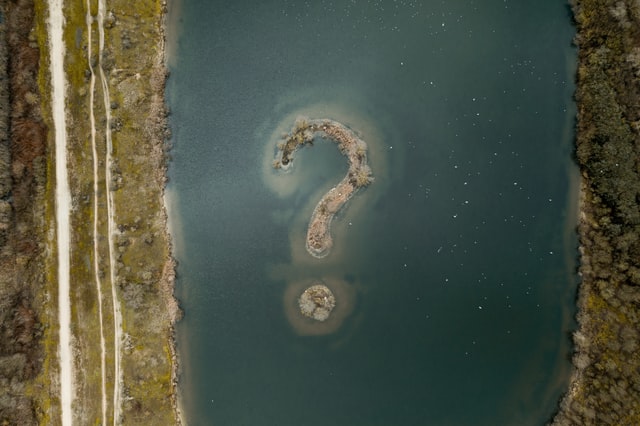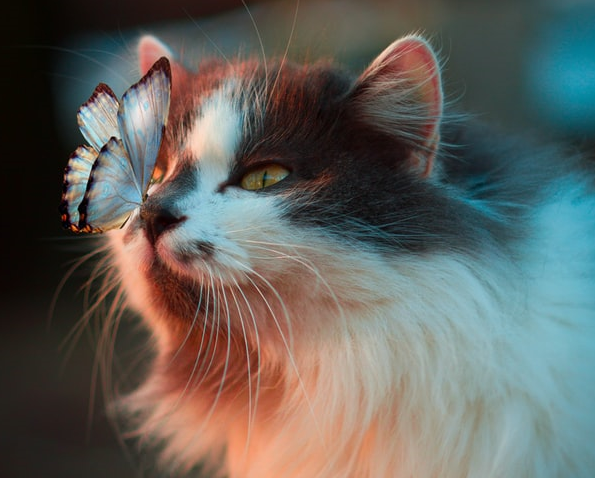Animal Extinction - A Growing Crisis We Cannot Ignore

Animal extinction is one of the most pressing issues facing our planet today. When a species disappears, the balance of entire ecosystems is disrupted, often leading to devastating consequences for nature and for humanity. Understanding what extinction is, why it happens, and how we can prevent it is the first step toward creating a better future.
What is Animal Extinction?
A species becomes extinct when there are no individuals of that species left alive anywhere in the world. Extinction has always been a natural part of evolution – for example, the dinosaurs disappeared after a mass extinction event. But today, the extinction rate is far higher than it would be naturally, largely because of human activity.
How Many Species Have Gone Extinct Because of Humans?
Experts use the term background extinction rate to describe the normal pace at which species would vanish without human influence. According to the Smithsonian Museum of Natural History, that rate is about one species per million each year.
With humans, however, the story is very different. Current estimates suggest that species are disappearing 1,000 to 10,000 times faster than the natural rate. The Center for Biological Diversity warns that more than one million species are at risk of extinction within the coming decades. Scientists believe we may already be living through the sixth mass extinction, this time driven by human activity.
What Causes Animal Extinction?
Overharvesting
Modern technology makes it easier to take more from nature than ecosystems can replenish. Overfishing is one example – humans catch over 85 million fish every year, far beyond what oceans can sustain.
Habitat Loss
Rainforests, wetlands, and other habitats are destroyed to make room for cities, roads, and agriculture. When the land disappears, so do the homes of millions of species. Many die outright, while others struggle to survive in fragmented or degraded environments.
Invasive Species
When a species is introduced to a new area where it has no natural predators, it can overpower native animals. It may consume them directly or outcompete them for food until the local species vanish.
Pollution
Plastic, pesticides, and oil spills all take a heavy toll on wildlife. Countless animals become entangled in waste, poisoned by toxins, or lose their habitats because of polluted waters and soils.
Climate Change
Shifts in temperature and rainfall patterns affect where and how animals live. Even small changes in climate can disrupt food availability, breeding cycles, and migration, pushing many species closer to extinction.
How Can We Help Prevent Extinction?
Educate Yourself and Others
The more we learn about endangered animals and the threats they face, the more we can spread awareness and inspire change. Sharing knowledge empowers communities to take action.
Choose Sustainable Products
Avoid products linked to deforestation, such as those made with unsustainable palm oil or rainforest wood. Supporting eco-friendly alternatives helps protect natural habitats.
Reduce Pollution and Plastic Use
Cutting down on single-use plastics, harmful chemicals, and waste helps ensure cleaner oceans, rivers, and ecosystems where wildlife can thrive.
A Final Thought – Your Role in Protecting Wildlife
Animal extinction is not only a scientific issue – it is a human issue. The choices we make can either push species closer to disappearing or give them another chance at survival.
🌿 At RoyaltyOak, we believe knowledge is the first step to action. By learning and sharing, each of us can help protect the beauty of our planet.
👉 If this touched you, share it with a friend, leave your thoughts in the comments, or follow RoyaltyOak for more stories that bring nature closer to your heart. Together, small steps create real change.








Leave a comment